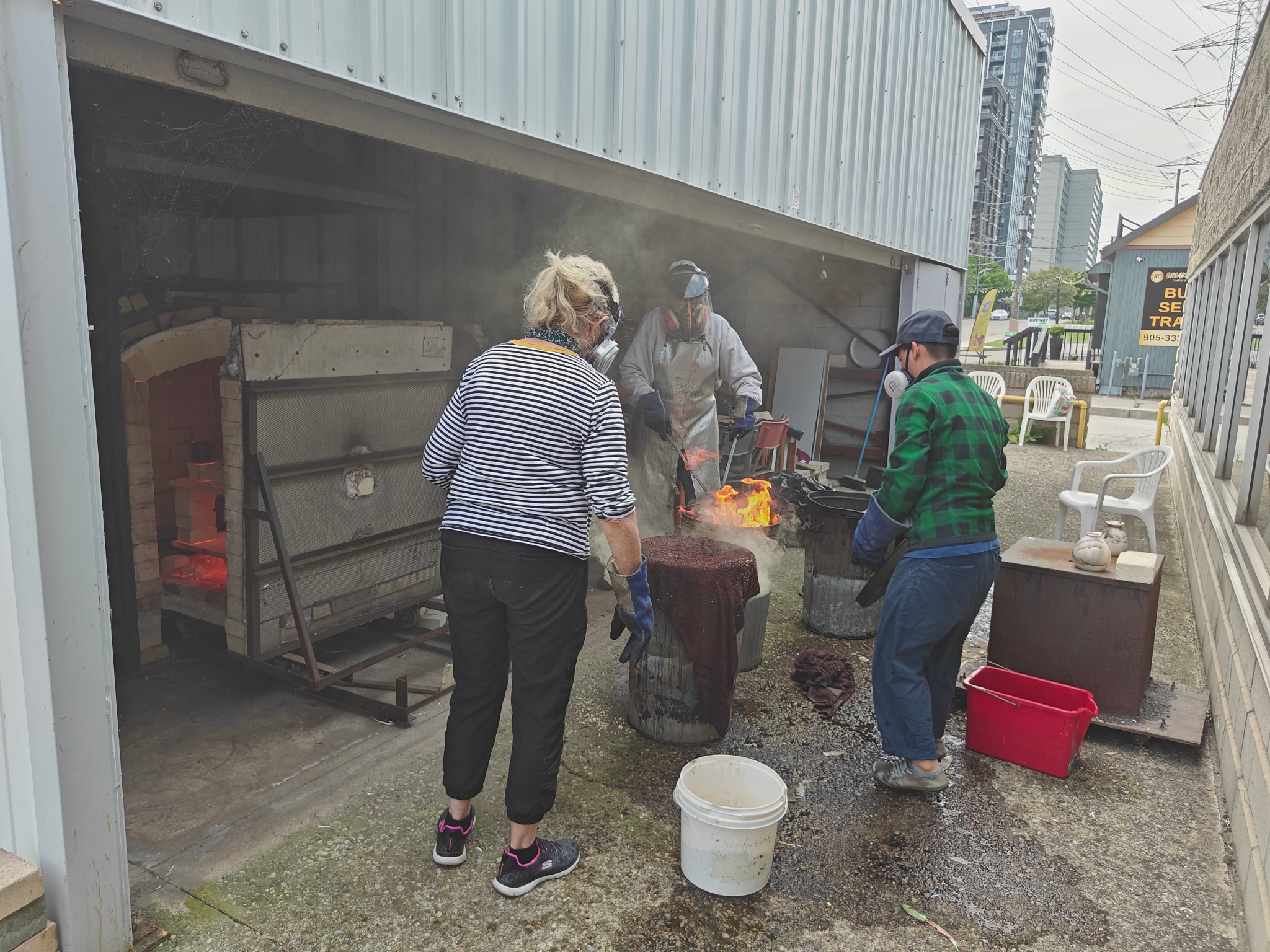It has taken sixteen years, but three homeowners in north Aldershot may finally be on the pathway toward a reliable source of water, ending a long and difficult nightmare.
Halton Regional Council finally agreed this week to a complex series of policy changes that would permit the building of a waterline from the City of Hamilton to Mountain Brow Road West in north Aldershot without the need for an amendment to the official plan. The final go-ahead, however, still rests with Hamilton City Council.
Mountain Brow Road West is a stone’s throw from Waterdown in the City of Hamilton but technically is in Burlington, part of Halton Region. Historically, Halton has not permitted cross-border water connections without the long, complicated, and expensive process of an amendment to the region’s official plan. Now, that has changed.
The three homeowners on this isolated street, at house numbers 720, 768, and 780, began noticing a problem with their water supply in 2005. According to a report to Halton Council this week: “Since 2004 industrial and commercial development has been occurring on the north side of Mountain Brow Road West in Hamilton. The residents assert that their well water supplies were sufficient without interruption prior to development occurring on the north side of Mountain Brow Road between 2004 and 2010.”
“We had no water. You don’t flush. You use bottled water at the sink. I used to shower at the Y. It has been awful,” according to Dr. Denis Callaghan, who lives at 768.
The lack of sufficient water set off a long series of meetings and planning applications aimed at finding a solution. The government red tape seemed endless. At various times, the Ministry of Environment, the Niagara Escarpment Commission, the Ontario Cabinet, the cities of Burlington and Hamilton, the Halton Medical Officer of Health, and a nearby developer were all involved.
The regional report from the week of Nov. 22 contains four-and-a-half pages outlining 39 episodes in a saga that spread over 16 years.
Hamilton resisted for much of the time over the question of who was at fault and how to resolve the problem. Halton resisted for a long time because of “prescriptive planning policies that prohibit connections outside of a settlement area.”
At one point, the Ministry of Environment noted: “…bacteria and murky tap water in the summer of 2006 was coincident with the mounding of excavated soil on the property to the north.”
On another occasion, the ministry issued an order “…requiring the municipalities [Hamilton and Halton] to provide sustainable drinking water supply to the property,” but it didn’t happen.
Halton eventually dug another well for Dr. Callaghan and it helped for a while, but ultimately dried up, too.
“It was hard on the family and still is,” according to Dr. Callaghan.
Eventually, the Halton Medical Officer of Health would even encourage the Niagara Escarpment Commission to become part of the solution by writing that “the well yield test results from April 2010 were inadequate to sustain a single-family dwelling.”
Dr. Callaghan spent a lot of money upgrading his rainwater cistern in order to bring water in by truck but Halton staff wrote that this idea “would not be a sustainable solution as directed by the Regional Official Plan.”
The Halton report concluded: “Information to date indicates declining well water supplies to the Mountain Brow Road residents since [the] early 2000s, and there is neither information nor evidence to suggest that the water quantities will rebound particularly given the hydrogeology of the area, the hydraulic characteristics of the shale formation in the area and impacts from developments on the north side of Mountain Brow Road.”
The cost, however, remains a concern. Even if Hamilton’s city council agrees to allow the new water line, the three homeowners will be required to pay the entire cost of installation and maintenance.
Dr. Callaghan is not entirely optimistic but remains hopeful.




